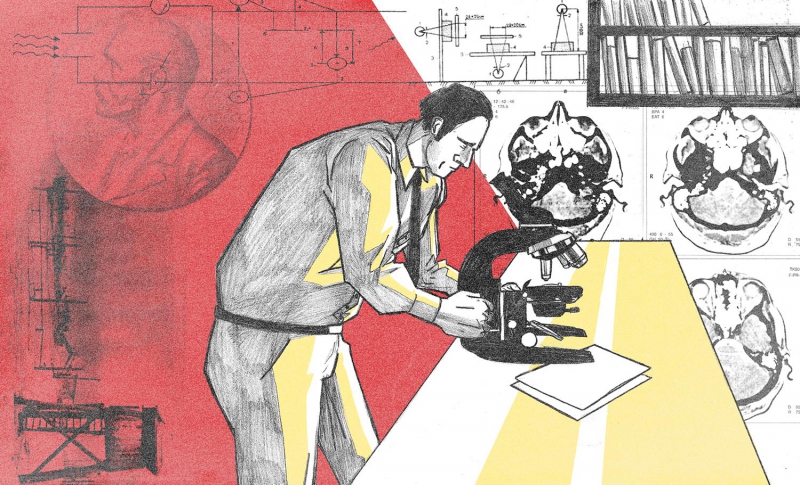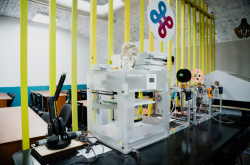As a dictionary would tell us, a creative person is someone who intuitively feels what must be done to come up with a new idea or solution, which detail to add to change everything, and how to create new things or deconstruct and reassemble the usual into unusual.
That seems to me like an apt description of us, Russians, in our everyday life. This day-to-day reality usually goes off-scale and beyond the limits of possibility. In the Russian reality, many creative solutions focus on breaking the rules. There are quite a few examples in my field of study, which is urban infrastructure. Back in the Soviet days, people would tamper with their electricity meters to achieve a lower reading; these days you can find plenty of tutorials on YouTube to do the same with your water or heating meter.
Our creativity, of course, isn’t limited to such mundane issues; Russian people are proud of the country’s legacy of mechanics, engineers, and self-taught inventors: Ivan Kulibin, who came up with the elevator and mechanical prosthesis, Igor Sikorsky, the pioneer of aviation, or Nikolay Basov and Alexander Prokhorov, who contributed to laser technology and quantum electronics. Curiously, many of these projects never became mainstream in Russia – instead, they were developed abroad and brought back here fully developed. One such example is Sikorsky’s helicopter. Transistors, diodes, lasers; none of these are known to the world as a Russian product.

As one of the subjects of this lecture has said: “Made in Russia is a bad brand.” It’s difficult to find a good product in an electronics store with “Made in Russia” stamped on it. That must be what it says on the Kalashnikov rifle.
So how come Russia has so many creative people and brilliant inventions, but so few marketable technologies?
There are many possible answers. First, we need to consider the Russian society’s degree of readiness to embrace new technologies and innovations. It might be possible that while the top scientists are discussing the nation’s future, people in far-flung areas are not too keen on living in someone else’s high-tech world.
Then we must look at those who indeed develop technological products in our country. One such study was made by Loren Graham, an MIT professor and historian of Russian science, who used historical examples to compare a large number of inventors in the country and the few opportunities they had to market their product.
Another study can be found in the book Fantastic Worlds of Russian High-Tech, which was recently published by the European University at St. Petersburg’s publishing office. With that book, we attempted to learn what today’s inventors do within their laboratories and companies.
Several years ago, together with Rusnano, we decided to learn: what is it, exactly, that Russian creatives do? What do they dream of? What makes them different from their colleagues from abroad? And is there anything special about their life that reinforces that thesis: “Made in Russia is a bad brand”?
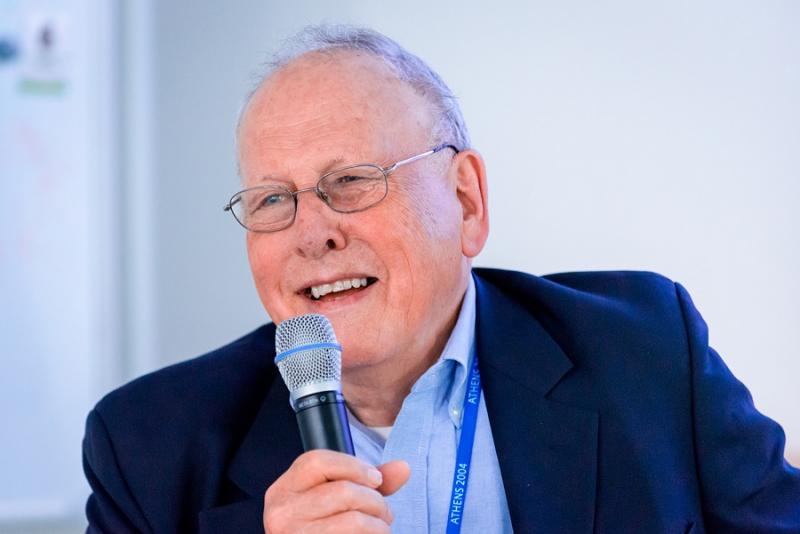
Early research
At first, our research was purely practical. Rusnano wanted to learn if there was any evidence of Max Weber’s protestant ethic in post-soviet Russia. As you may know, this German sociologist hypothesized that countries like the USA flourish because their protestant culture equates honest, zealous labor with virtue, and the amount of money earned with closeness to God.
Soviet doctrine, on the other hand, dictated that one must work for the good of their community, and personal gain was discouraged. Some saw this as the roots of a special, Russian way of life, and others as an economic dead end and a boon on the entrepreneurial initiative.
It seemed as if the reality of Russia’s ‘90s market should have brought forth more people of the protestant type. The managers at Rusnano were interested in learning just how likely it is for a Russian engineer, a creative type, to eventually become a new Steve Jobs. Our task was to find the answer.
The study
Our team from the European University at St. Petersburg (EUSP) carried out a qualitative study: we collected approximately 200 interviews in four regions of the country to learn about the lives and aspirations of Russian tech entrepreneurs. Our subjects were people capable of bringing their product to the market who perform market and demand analysis, manage risks, and know their way around marketing and sales.

We spoke to members of small and medium-sized businesses in the high-tech field, excluding those in IT, as it is an area less encumbered by the material: IT specialists find it easier to emigrate together with their product than, say, mechanical engineers. Most of who we spoke to turned out to be scientists. They would work at universities or research centers while trying to start their business.
Our research took place in some of the most developed, in terms of innovation, cities of the country: St. Petersburg, Moscow, Novosibirsk, and Kazan, which means that what we show in the book may only be the tip of the iceberg.
We also interviewed people in other parts of the world in order to have something to compare our results with. Our goal was to understand how and to what degree our entrepreneurs differ from their foreign colleagues. For that purpose, we traveled to the countries with a well-developed entrepreneurial culture that, however, did not adhere to Weber’s protestant ethic model: Taiwan and South Korea. Finland, which we also visited, served as a purely Weberian example.

The process
We began our research in the fall of 2011 and, after the first 40 interviews, realized that our subjects would only discuss their values, not their practices. By asking direct questions, we only got answers in the form of commonly accepted values and the companies’ business presentations. So we started asking the entrepreneurs about their life: what they did in their childhood, their parents, and how the subjects responded to success.
Based on that data, we identified the common characteristics of the representatives of small and medium-sized businesses in four countries. This was the first major cross-cultural study in Russia in 25 years and done with Russian money, to boot.
Reveal and Dissimulate
Collecting the data was difficult, but interpreting it was even more so. We decided to do that using Michel Foucault’s genealogy concept. Our lead researcher, Oleg Kharkhordin, who is a professor at EUSP, used it in his book Reveal and Dissimulate: A Genealogy of Private Life in Soviet Russia. It became a sort of launchpad for our study. The book analyzes the factors that had an effect on the formation of an individual in the Soviet Union. This process took place via various practices of public denunciation, the collective, and horizontal oversight among equals. In the Soviet times, concepts like “comradery”, “the collective”, “excommunication”, and so on held the most weight.
As for our subjects, we suggested that this group would likely be the first to show evidence of the decay of Soviet practices, as well as the first to begin adopting Weberian practices.
Our belief was the shift towards entrepreneurship would go in hand with the rejection of belief in the power of the collective and the acceptance of self-exploration via objective criteria. Besides, money would become a measure of personal success, which we can observe in countries with a fast pace of scientific and technological development.
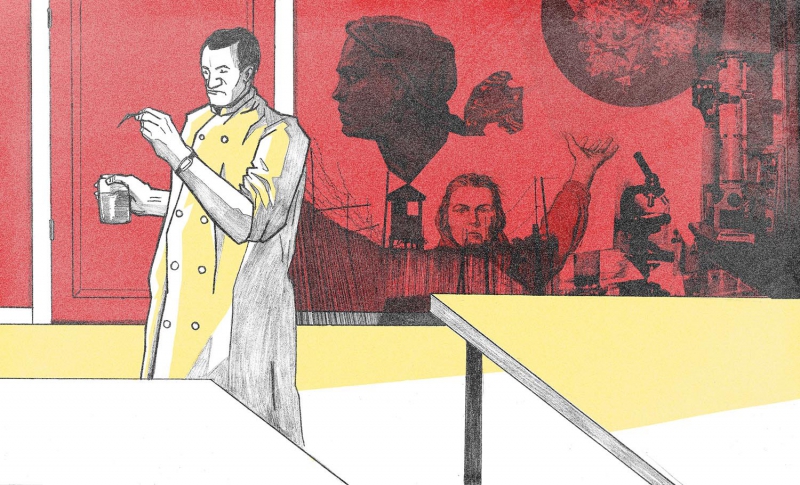
The life of Russian entrepreneurs
As our study revealed, Russian entrepreneurs aren’t focused exclusively on money, nor even to the degree, we expected them to. They spoke of their desire to be, above all, scientists and to develop technology for inspiration and the joy of creativity. As one of our subjects said: “I could, of course, be up to all kinds of shenanigans, but I only get my kicks from working on global issues.” Many of them said that the kinds of tasks they solve don’t have an upper limit. And if something doesn’t entice you in a way where you forget about everything else, then why even do it?
Sources of inspiration
It comes, first of all, from the love of the process itself and not the final product. The term “work in progress” seems very relevant here. It’s both an object and a process all in one.
Another element is a remnant of Soviet self-perception. Our subjects often spoke about how much the opinion of their colleagues mattered to them when evaluating a product.
Finally, there is a desire to make something great, leave a mark on history, and explore the world further using one’s invention. As learning is a difficult and time-consuming thing, ideas often remain ideas, with their authors improving on their concept ad infinitum.

Downsides of being creative
Creativity itself isn’t bad, it’s where you direct it. Russian entrepreneurs enjoyed the creative process itself, not its results. In Asia, namely in Taiwan, people would go into tech after graduating from a provincial university. They didn’t have a stack of degrees, but they knew what regular people needed, and worked towards practical goals.
In Russia, as our research group would say, we had too many Kulibins and too few Edisons. These people would come up with great ideas and interesting products, but these things, even if given a material form, were only made in a few samples. The inventors would show their inventions off to colleagues, but rarely ever mass-market them.
What next?
How did it happen that our inventors began to direct their inspiration and creativity inwards, not outwards? There are many factors and reasons to list.
But is there any way to break that vicious cycle? The first solution is simply to do nothing. Let’s keep on giving the world new ideas and emigrant inventors in return for marketable products.
Another solution is to start with the children. Instead of promoting “technical and scientific creativity”, we could encourage them to strive towards individual success and commercialization of their labor. Let’s raise commercializers and technological brokers, the kind of people who can make a concept into a product. But where would the teachers come from? The ones we have today went through the same kind of university education focused entirely on creativity and exploration.
The first option is not a good one, and the second calls for a complete rehaul. And we all know how hard it is to up and change our way of life.
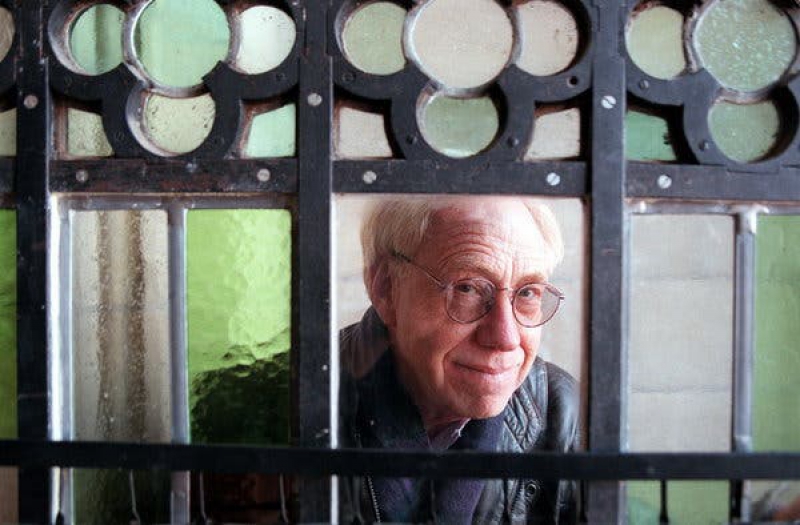
Three ways of changing practices
Another, more complex option, is to use the cultural matrix for other purposes. American philosopher Hubert Dreyfus described three ways of replacing everyday practices. The first is the articulation. In this case, we identify so-called “background practices”, analyze them and make them visible and evident. Then, if it is deemed beneficial, we can reproduce and promote it; if not, we can mock it and eradicate it. As an example, Dreyfus cites the USA’s space program in the ‘60s during the space race. As he explains, president John F. Kennedy called back to the traditional, but somewhat-forgotten American self-identity as a nation of trailblazers and pioneers. In the end, the race to space gave back to the nation a sense of self and new criteria for self-evaluation. Thus, Dreyfus says, engineers became heroes and a nation of God-fearing protestants became the space nation.
The second method, reconfiguration, involves the selection of a previously insignificant practice and its promotion as a positive and especially valuable one. It is developed first among a specific group, then among the entire society. One example of reconfiguration is the women’s rights movement. Unlike the Kennedy example, the feminist movement never had a well-defined project that would articulate the issues of gender equality and dictate the one possible identity for all women. And there have always been various groups within the movement that expressed different interests of not only women. As Dreyfus explains, borrowed practices applied to the activities within one group can serve as the basis of revolution first among women, then a nation as a whole, and then the entire world.
The third practice, cross-appropriation, implies the spread and adoption of a beneficial practice across various spaces and actions. Dreyfus, who described these practices in 1997, cited modern technologies and the internet as an example of marginal practices eventually turning mainstream. There are many frivolous practices in our lives: playing games, gazing at the stars, telling fortunes. These actions rarely have a rational reason. The internet’s first users, too, were not doing anything serious, but gradually what they did became a central part of our lives.
All three types of changes are historic: they change our lives in meaningful ways without being radical, and they don’t feel separate from our everyday life. They are present in every day and in every action. It is in these moments that we feel like we can rediscover the world, the people, and ourselves.
Working for the common good
Going back to Russian entrepreneurs, we may consider how these practices can help us change things. First, we must decide whether the joy of creativity is beneficial or harmful to inventors. By the logic of modernization, creativity for the sake of itself is clearly a sin that has led to a lack of marketable product in the country. In that case, we must articulate, reconfigure, and eliminate this practice plaguing our entrepreneurs.
But there is still another option: to see inspiration as an advantage. Entrepreneurs are those who can notice, feel, and understand an anomaly in their day-to-day. Anyone can see the flaws in their world, but entrepreneurs are those who see them, articulate them, share their vision of the flaw with others, and borrow other practices in fixing that flaw. That’s how we end up with an innovative product that changes our perception of the world and our own selves.
It is likely that Russian tech entrepreneurs never had an issue with seeing and feeling these anomalies. In fact, it makes them different from their colleagues in other countries. Without inspiration, there can be no novel ideas. Perhaps inspiration is the key to our future success, at least in the innovation department. Life in Russia may not become better or comfier because of inspiration, but it will definitely not be the same. Perhaps this mode of life can become a national idea, a mission to distinguish us from others. And let others take care of commercialization.
And as for how we should use this to create good not for individuals, but for all – the question still stands.
